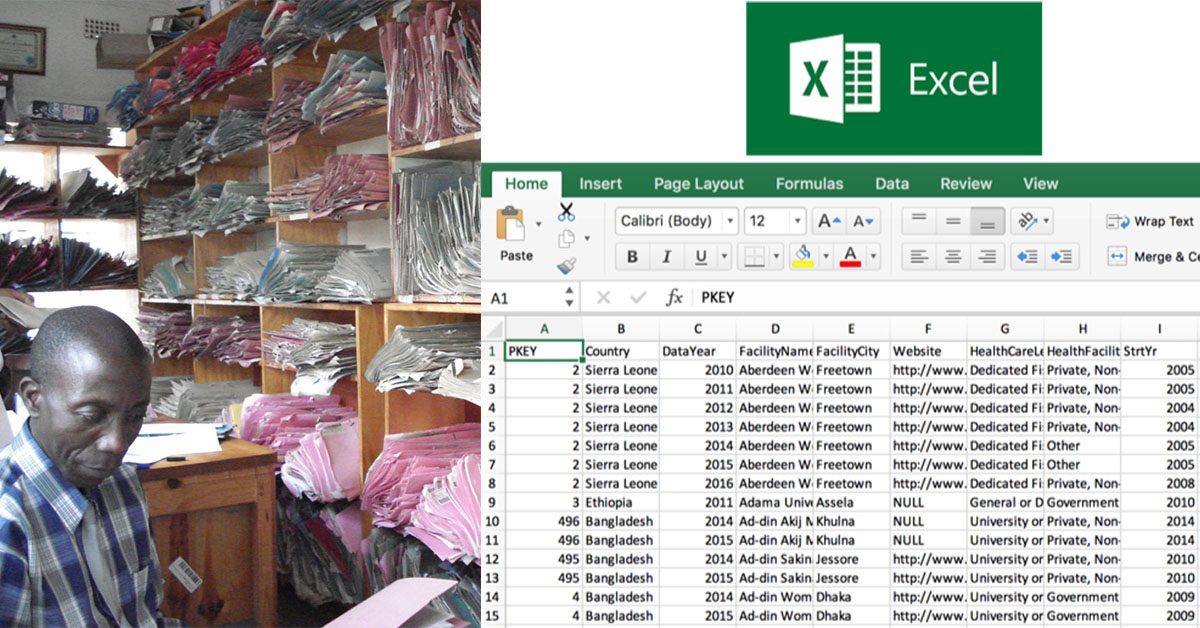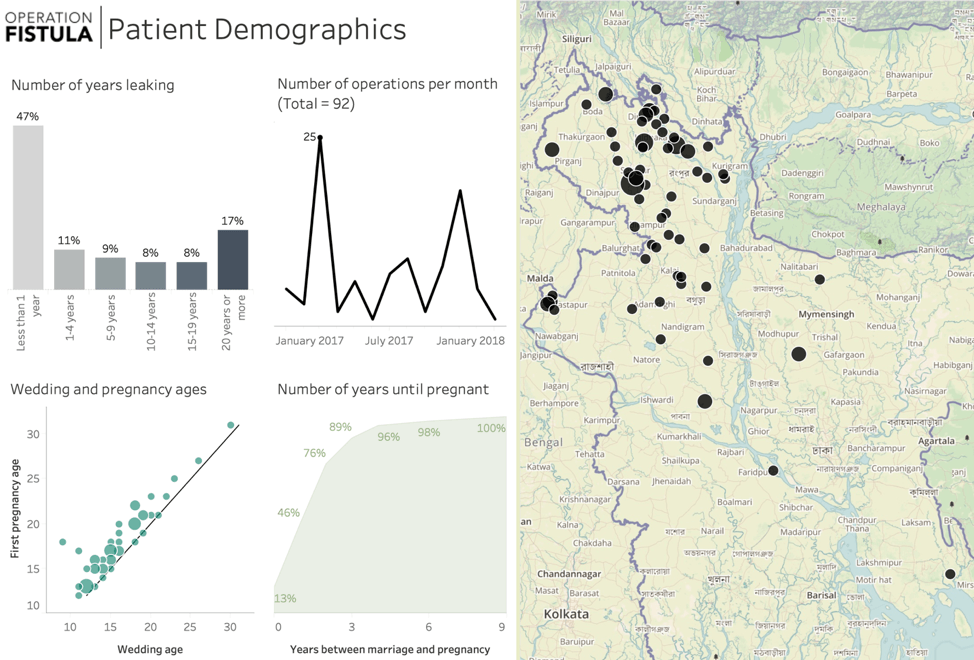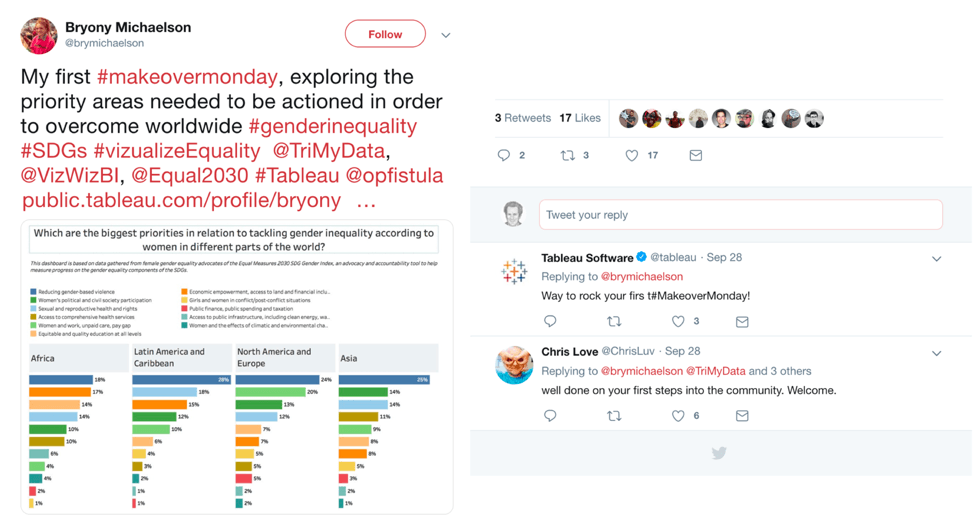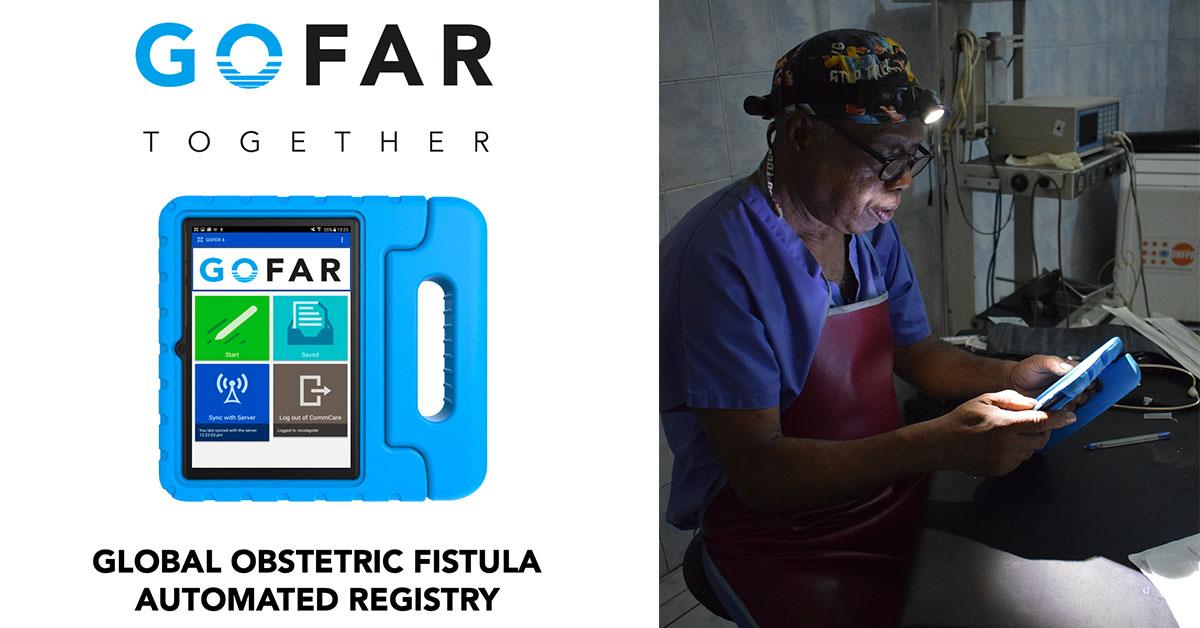Harnessing the power of data to end obstetric fistula
We are on a mission to end obstetric fistula.
An obstetric fistula is a childbirth injury that results from prolonged, obstructed labor. Not only is this labor almost always deadly for the child, but the effects of obstetric fistula can have life-long and profoundly negative consequences for the mother.
Despite proven and affordable repair surgery, fistula still affects one million women in Africa and South Asia because women do not have access to safe obstetric care like emergency C-sections. With 50,000 new cases each year and only 16,000 women treated annually, most women will never know a cure.

Operation Fistula's mission is to put an end to this horror by 2030. We are doing this in four ways:
- Ending fistula in specific geographical locations. We’re on the cusp of launching a vast new project in Madagascar, where we will be working across ten districts to find, mobilize, and treat every woman living with fistula. This has never been done before, and what we learn could transform the way organizations work to end fistula.
- Using technology to bring organizations together. We’ve created GOFAR—the Global Obstetric Fistula Automated Registry. This platform provides a shared measurement system and has the power to improve coordination, collaboration, and quality of care across our sector.
- Directing funding where the need is greatest. We've developed an innovative funding model that enables on-the-ground providers to access the funding they need to deliver treatment.
- Mapping causes of fistula. We are using data to map the gender inequality that causes fistula extensively. This allows us to identify where health systems are failing women and where they can be improved.
Transforming how we work
From the very beginning, Operation Fistula has been driven by data. But our capacity to use data has been transformed by powerful self-service analytics tools like Tableau.
Our 2012-2014 pilot program first made it clear that we had a data capacity problem. This four-country pilot aimed to determine if a per-surgery funding incentive would result in doctors performing more quality fistula repairs. The pilot proved this hypothesis and revealed deep insight into fistula care.
Through the pilot, we were also able to capture a tremendous amount of actionable data. This was exciting because we gained new insights that allowed us to serve more women and improve their care. But it was also frustrating because our data collection process was cumbersome. Doctors and clinicians filled out paper forms by hand, took pictures of them, and sent them to us. We then manually entered all of the data into a spreadsheet, a process which led to errors and took a lot of time.
We knew that this process had to be improved so we could have more impact. We developed a digitized data management system that could be accessed remotely. If connectivity was an issue, the surgeon could still input data offline and securely upload them once they reconnected. GOFAR was born.
GOFAR enabled hospitals and surgeons to gain real insights into their data for the first time and use those insights to improve care.


Taking our data culture to the next level
In the five years since the end of the pilot, we have built on that foundation, transformed our analytics capacity, and dramatically strengthened our data culture. Tableau has been instrumental in that data journey, enabling us to more effectively visualize the problem of obstetric fistula and the pathway to solutions.
Our partnership started simply with a few donated licenses through the Tableau For Nonprofits program and support from a Tableau Service Corps volunteer. This support accelerated what Operation Fistula could do in the moment and expanded our vision of the future.
Having witnessed the transformative power of visual analytics, we decided to increase our capacity. We invested in a full-time analytics manager—Naledi—who has spearheaded the full integration of Tableau and other cutting-edge self-service analytics tools across the organization. She put all the pieces together, automated our data processing systems, and trained the team.
We knew that the more we empowered people with data skills, the faster and the more effective we'd become. We didn't relegate data management and analysis to a single position. Instead, we decided to bring the whole team on board.
We did this in a variety of ways. Every week, Naledi hosts a training session to deepen the team’s knowledge of Tableau and data visualization best practices. In these sessions, we often use data published by "Makeover Monday." This provides the team with an excellent opportunity to hone their skills and connect them to the broader Tableau community online. Everyone in the team has also had the chance to attend Desktop I and II training, and we've received several customized learning sessions.
We're getting to a point where everyone knows the basics. People have started to build dashboards and data visualizations. This allows team members to own the data and take action based on what they reveal.


Sparking unified action
No matter how strong Operation Fistula's data culture and capacity become, we will not make significant gains against fistula if we act alone. A crucial part of ending fistula will be uniting all of the organizations working on this problem. We believe that our GOFAR platform has the power to bring the sector together.
GOFAR is designed for collaboration. It combines CommCare for data collection, Alteryx for data processing and cleansing, Exasol for storing data, and Tableau for visualization. We developed the platform to share with other organizations and to refine and standardize the information we all use.

In December of 2018, our whole team attended the International Society of Obstetric Fistula Surgeons (ISOFS) conference in Kathmandu, Nepal. We presented GOFAR dashboards at the conference, and the audience was immediately excited and engaged.
Global health professionals understand that having the power to coordinate data flows from disparate organizations enables the sector to paint a complete picture of obstetric fistula, its many causes, and its potential solutions.
Working in concert with other organizations isn't easy, and it won't happen overnight. But because Operation Fistula's data culture and capacity have advanced so quickly, our ability to act has increased exponentially.
We're dedicated to extending the reach of our data visualization capacity so that others can access the kind of insights we've gained. By enabling use data more effectively, we can bring everyone together and achieve an end to this terrible injury.
Leveraging technology to magnify our impact
When Operation Fistula was founded 11 years ago, we knew that data had to be a central part of our mission. But back then, our collection and input processes were cumbersome. The data was great, but our capacity to process and analyze it was limited.
We knew we could do better. We knew that if we could access and harness cutting-edge analytics technologies, we could do so much more. Our data tells the true story of obstetric fistula—its causes and solutions—and has the power to transform the lives of the world’s most vulnerable women and girls, and end fistula for every woman, everywhere.
Learn more about Operation Fistula’s mission and work at www.opfistula.org.
Seth Cochran is the founder and CEO of Operation Fistula.
Naledi Hollbruegge is the analytics manager at Operation Fistula.
関連ストーリー
Subscribe to our blog
Tableau の最新情報をメールでお知らせします









